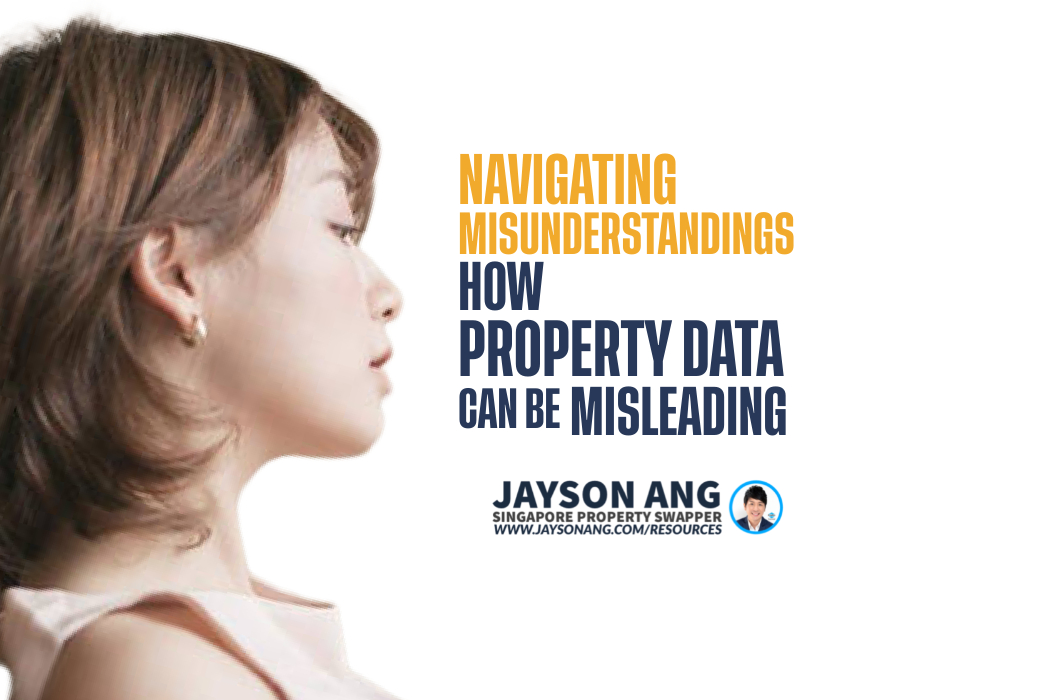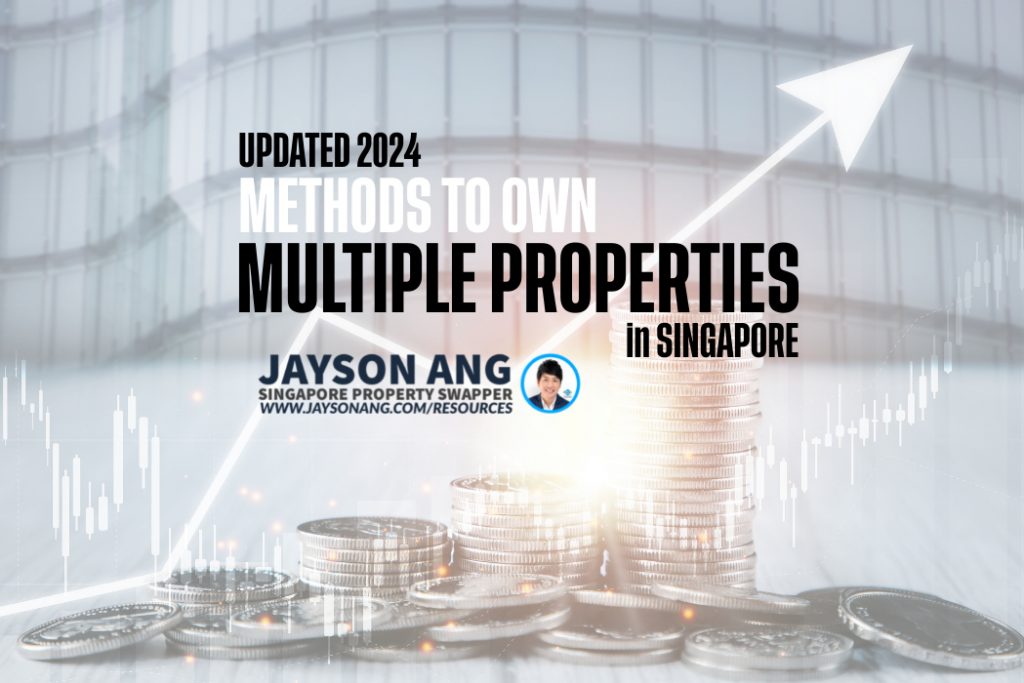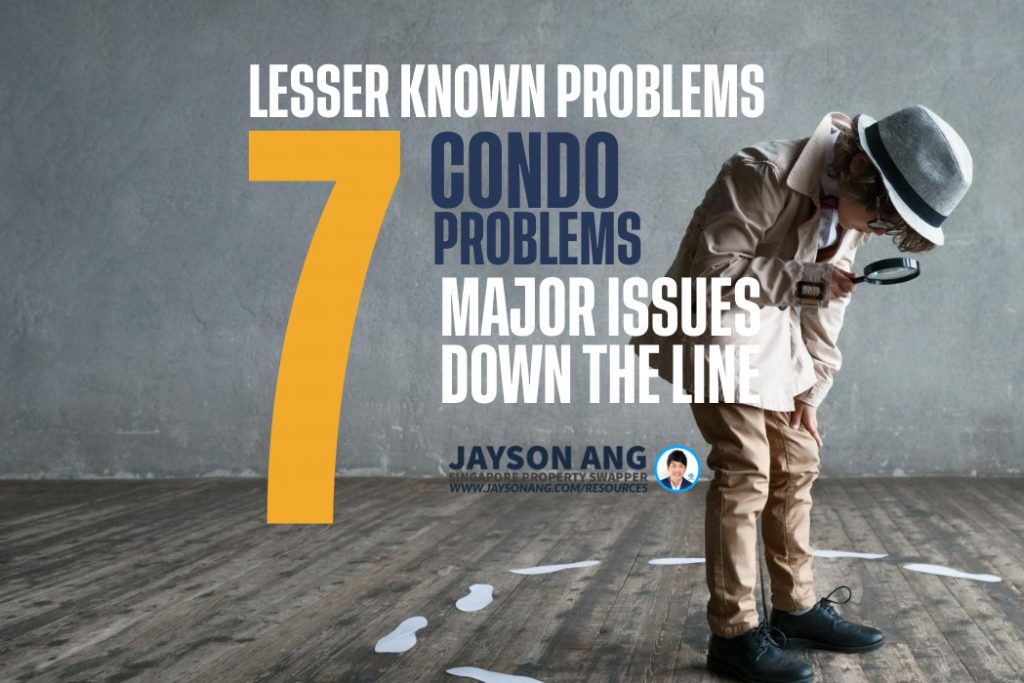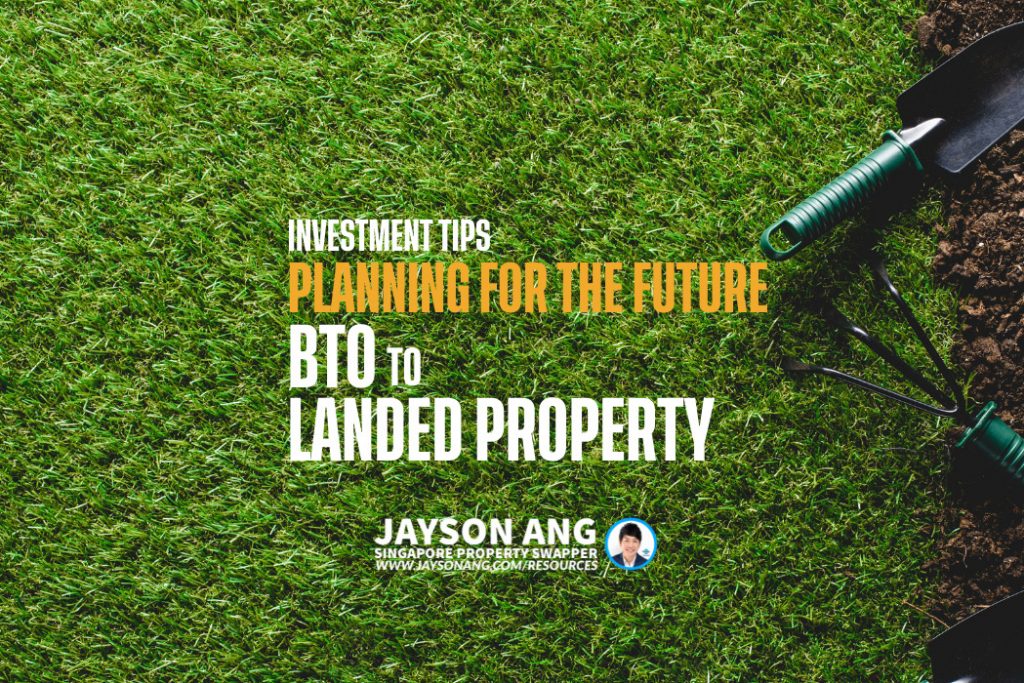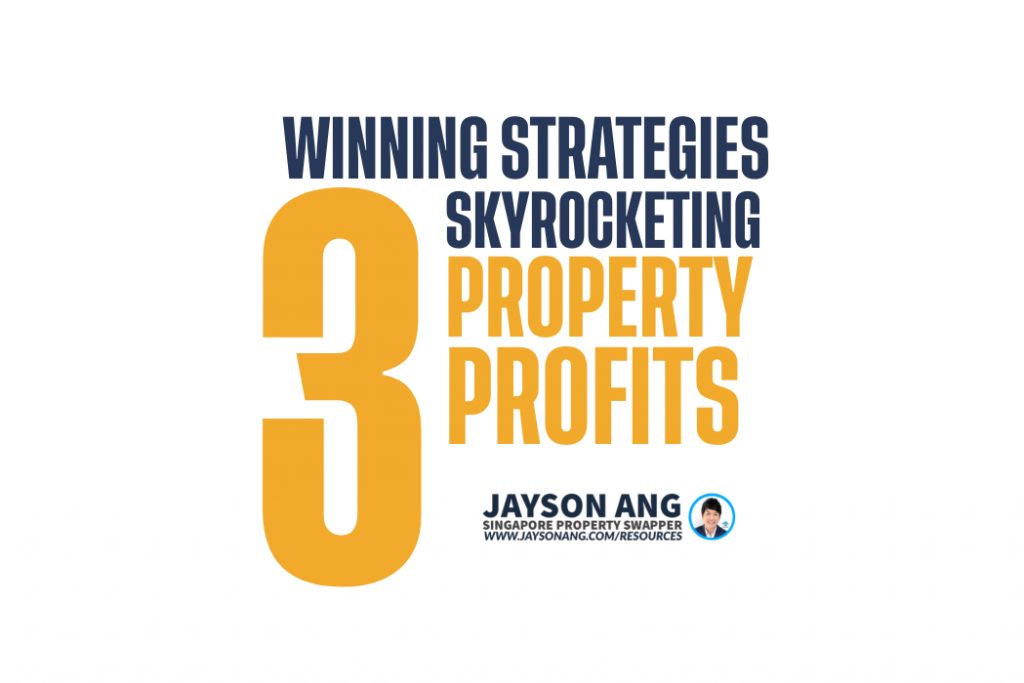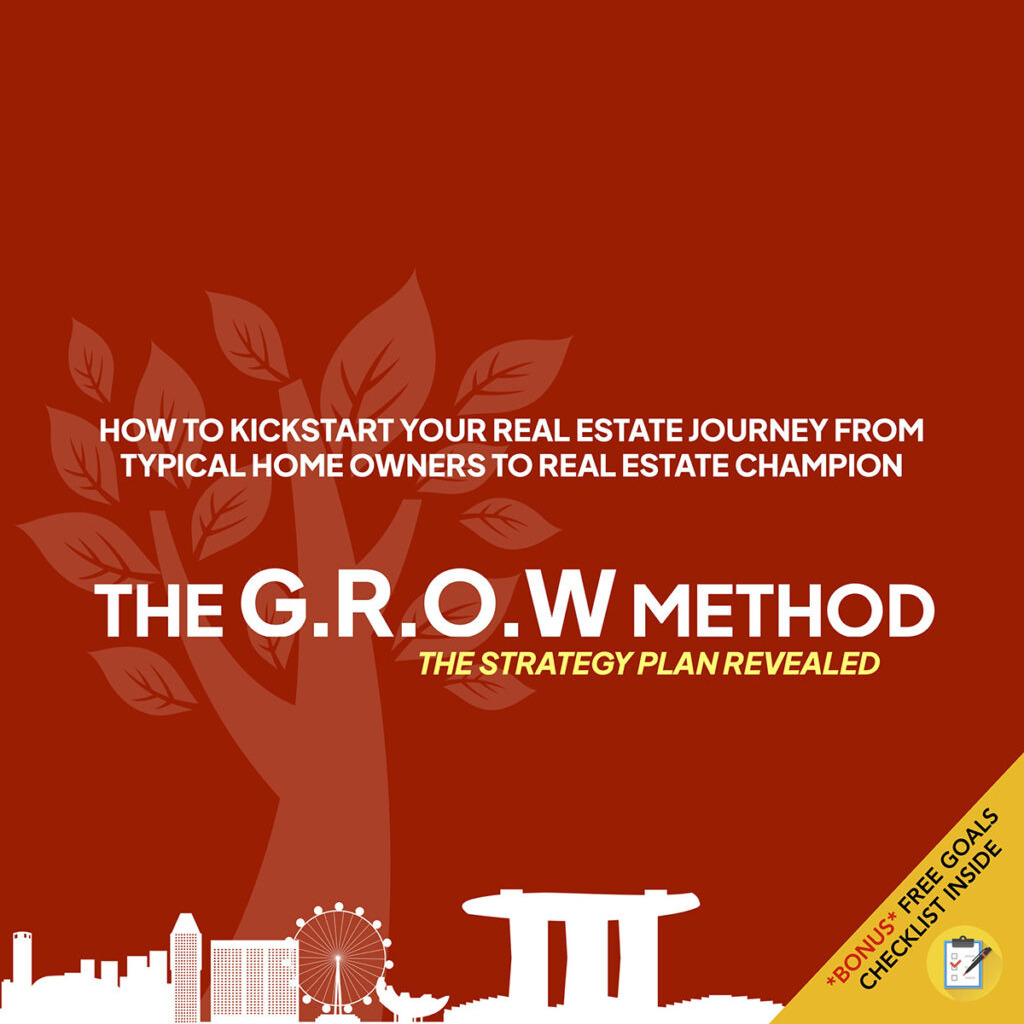TLDR
When comparing property prices, discrepancies can arise due to various factors like timing of purchase, scarcity in niche projects, outliers skewing data, historical data distortions, unique features affecting averages, and size variations influencing price per square foot. Consider transaction dates, volumes, and unit specifics for a comprehensive evaluation. Additionally, beware of marketing tactics that may misrepresent price comparisons. Ultimately, individual circumstances and property characteristics should guide your decision to buy, sell, or wait.
Got it in your mind to compare property prices? You might have noticed this funny thing – two different real estate agents can hand you two completely different sets of figures.
Some of you have even shared with us that you’ve come across prices that are way above the average for a particular project (or, if you’re on a lucky streak, way below).
Now, why does this happen?
There’s a bunch of reasons, really. But one major culprit is the tricky task of digging up accurate property data. We try our best, but there’s always a few hurdles we stumble upon. Let’s chat about some of them:
1. The Timing Can Paint Different Pictures Of The Same Property
Take Starlight Suites for example. It often finds its way into our discussions of major losses. But, if you look a bit deeper, it’s mainly about when it was launched. Bad timing, really. Starlight Suites came onto the scene just as cooling measures were implemented, giving off the impression of a poor investment when it comes to resale profits. We even published an article specifically discussing this condo’s case.
Properties purchased at market highs, say around 2013, tend to appear worse off than their neighborhood counterparts. On the flip side, those bought during market lows, like between 2015 and 2016, might have experienced surprising profits; even if the property itself doesn’t seem all that impressive.
Take note of the sudden price hike leading up to the 2013 peak, and the relatively stagnant prices in the years leading up to 2016.
Projects that rolled out during these peculiar times owe their outcomes to market conditions rather than factors like layout, architecture, or location. So, when you’re comparing different condos, it might be good to check out the transaction dates before drawing any conclusions.
2.When It’s About Niche Projects, Price History Doesn’t Really Help Much
You see, there are only a handful of units and deals happen so rarely. This makes it tough to make any solid assumptions. Often, it’s the last deal that becomes the benchmark for the entire project.
Here’s an example: The Sanctuary @ Geylang only has 21 units. If you judge by profits, this condo is doing great with 11 gains and no losses.
But here’s the catch. Most of the time, there’s just one transaction happening, followed by long periods of nothing. Now, if a super keen buyer comes along, or a quick sale happens, or even if a unit gets sold to a relative at a discount, it can cause a big shift in the average price we see.
This sudden change can make a boutique condo look more profitable, or less, than it really is on paper. In fact, one risk of buying these condos is that if the previous deal was unusually low, you might end up not making much profit (since buyers usually base their offers on the last transaction).
And guess what? This isn’t just about condos.
Take HDB Maisonettes for instance. There are very few of them compared to other types of flats. Or consider neighbourhoods where sales don’t happen too often (like Marine Parade flats, which aren’t sold as frequently as in other areas).
In such cases, price history and related data can give a skewed view. So, when you’re checking out price trends, remember to consider transaction volumes as well.
3. Let’s Think About Outliers
Nowadays, you can find a ton of info on property sites. They’ve got all the transaction data you could want and even snazzy graphics to help visualize it. But there’s a catch. These sites don’t always factor in outliers.
Take East Village for instance. The average per square foot (psf) price over the last half-year is listed as $1,853. But if you dig into the details, this figure comes from just one transaction in 2023 for a tiny 409 sq. ft. unit. This single sale set a record-high psf for the project, compared to an average of $1,256 psf in 2022.
In an ideal world, these irregularities wouldn’t pop up often or throw off the overall data too much. If you’re after precision, though, it’s best to leave these outliers out.
But hold on, it’s not all that straightforward. Occasionally, these odd ones out can actually drive up the project’s value. In a flourishing market, future transactions might be influenced by that lone transaction. So, it’s not as simple as black and white.
4. Before The Year 2020, New Sales Data Often Got Skewed Due To Extensions And Re-Issues Of The Option To Purchase (OTP)
Does that sound complicated? Let’s break it down with a peek at our article about the new rules set in September 2020. These rules were all about managing how OTPs could be extended or re-issued.
So, before these rules came into play, property developers had quite a bit of freedom. They could extend the OTP, which normally lasts just 21 days. A typical strategy was to reassure buyers that a fresh OTP would be issued if the current one expired. This gave potential buyers more than 21 days to arrange the necessary finances.
However, there was hardly any tracking of units that got returned. Remember when local property blogs highlighted this issue using URA data? Like this one that showed that Stirling Residences had 43 out of 89 “sold” units returned.
This lack of tracking could distort present data. Imagine someone who supposedly “bought” a unit at the developer’s price but later returned it. That transaction might not have been erased. It’s not a major issue now because it’s already been fixed. But it could become important if there’s a need to refer back to past data.
5. Let’s Talk About Project “Averages” And Why They Can Sometimes Be A Bit Tricky
You see, in some projects, the variety of stacks and units can vary greatly, which can really shake things up.
Let’s take Home School Distance (HSD) as an example. Remember that previous article we talked about? It mentioned how some condos have stacks within one kilometre, and others don’t. This means that only some units are within the enrolment distance, which can create a pretty big difference in price between units that are just a block away from each other.
Similarly, you’ll often find premium stacks in a project. They have better views, or maybe they have unique features that others lack, like private lifts. Because of this, if you try to figure out the average price per square foot, you might get a practical number, but it doesn’t always give you the full picture.
This becomes even more noticeable in huge developments like D’Leedon or Interlace. Here, some stacks could have more units than a whole separate development!
Also, units with special features can sometimes break the mould. For example, units with views of landed or green spaces might do much better than the average for the entire project. So, for larger projects, it’s important to dig into the individual stacks, rather than just looking at the development as a whole.
6. Don’t Always Trust the Price PSF as Your Guide
When you’re sizing things up, the price per square foot (psf) can be a handy tool, but only if you’re comparing apples to apples. For instance, it makes sense when looking at identical or very similar units within the same block. But, we’ve seen instances where some folks use marketing materials that conveniently bypass this logic.
Take, for example, condos such as The M. A unit there could set you back around $3,000+ psf. You might get shown some fancy tables or charts, and then they’ll try to persuade you that ‘hey, because the average price in the area is about $2,700+ psf, you should consider a cheaper option. And guess what? They just happen to have one for sale!
But here’s what they’re not telling you: it’s typically the one-bedroom apartments in The M that fetch $3,000+ psf. And, the actual total cost of such a unit might be $1 million or less. See, smaller pads often have a higher price psf, while larger ones usually have a lower price psf. So, it’s like comparing apples to oranges if you measure the price psf of a three-bedroom place against an area populated by teeny-tiny apartments.
So, remember to factor in the size of the unit; if you don’t, you might end up with a skewed view of what’s a bargain and what’s overpriced.
This also comes into play when you’re weighing up older resale condos against a new launch. Sure, a new launch may command a higher psf, but the overall cost might still be less thanks to efficient use of space.
Another thing to look out for is void space – that’s the gap between the floor and ceiling – which counts towards the total square footage. This can make the price psf seem lower than it really is. Say you’re eyeing a 1,200 sq. ft. unit selling for $1.5 million, but 200 sq. ft. of that is void space.
At first glance, that works out to $1,250 psf, which might look like a steal compared to the competition. But hold on, that 200 sq. ft. is pretty much useless “air space.” If you only consider the actual usable space (1,000 sq. ft.), then the real price is a steeper $1,500 psf
Have you come across any data distortions in the property market? Let me know
Should You Buy, Sell or Wait?
If you’re reading this, you must be trying to figure out the best course of action right now: is it the right time to buy or sell?
It’s difficult to give an exact answer since everyone’s situation is unique and what works for one person may not necessarily work for you.
I can bring you a wealth of on-the-ground experience and a data-driven approach to provide clarity and direction. From beginners to experienced investors, our top-down, objective approach will help you on your real estate journey.
I can help you by:
- Offering Strategic Real Estate Advice – I can help create a comprehensive plan to guide you through your property journey.
- Connecting Your Home with the Perfect Buyers – Through stunning visuals, an effective communication strategy, and an in-depth knowledge of the market, we’ll ensure your home is presented in the best possible way to fulfill your goals.
You May Also Like …

